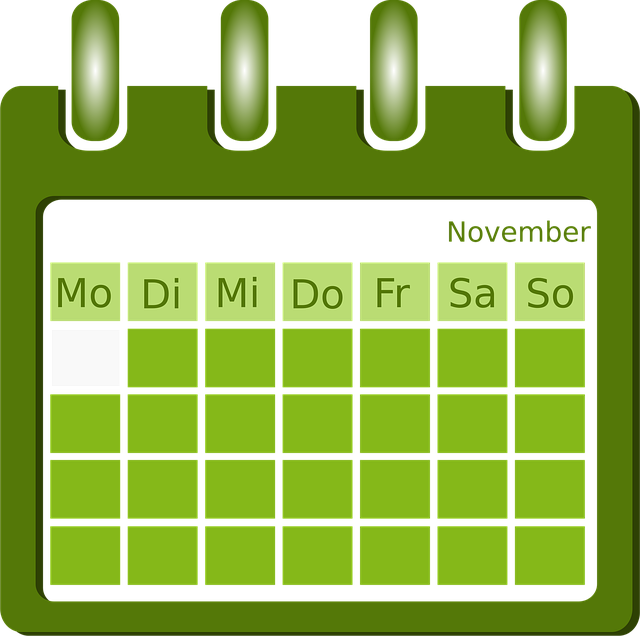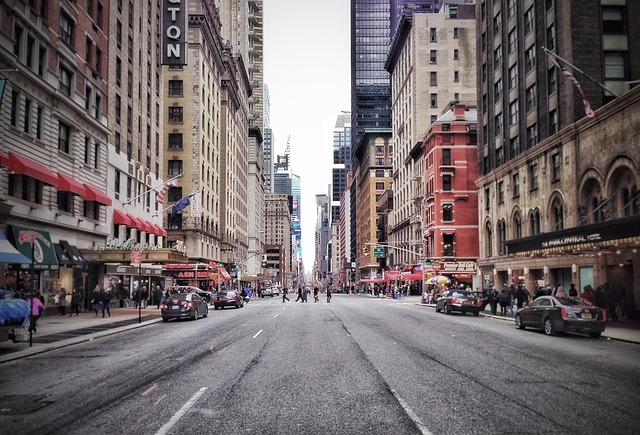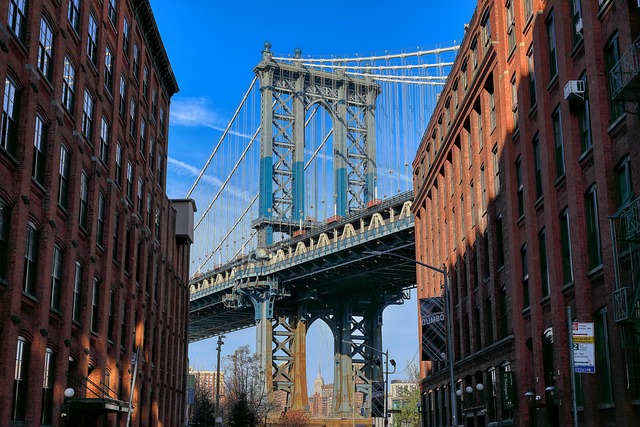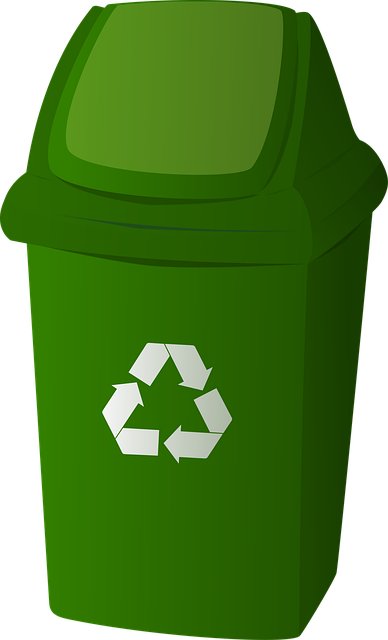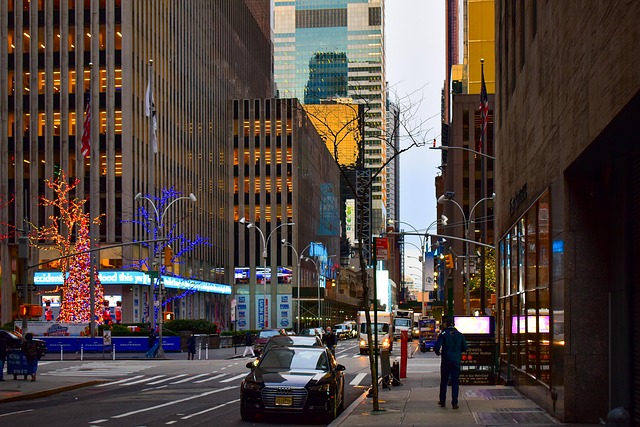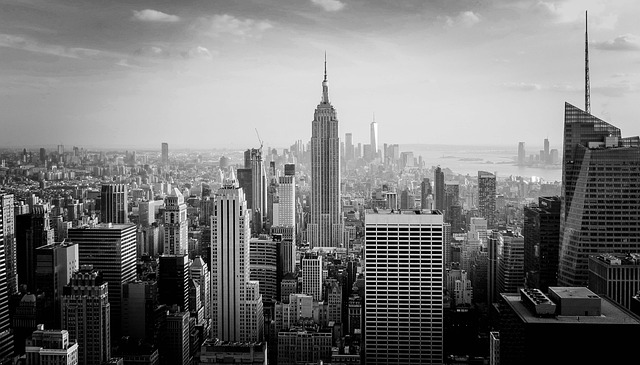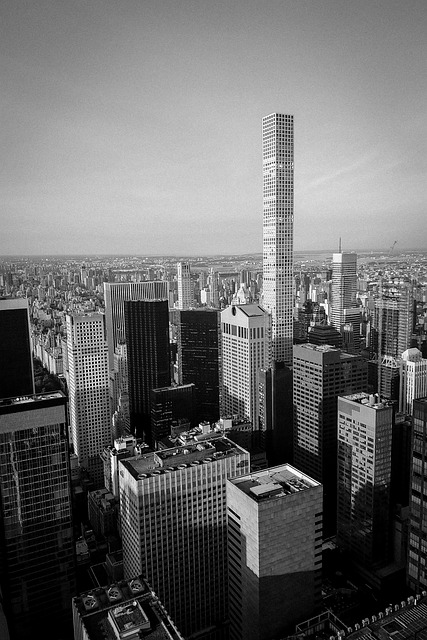Manhattan NY faces unique e-waste challenges due to dense population and rapid tech evolution, leading to significant electronic waste generation. Cultural disparities complicate matters, but initiatives like Brooklyn's e-cycle events and Bronx recycling programs offer promising solutions. Effective recycling strategies emphasize community engagement, disassembly, and refurbishment to minimize landfill waste. With growing awareness, Manhattan is fostering a circular economy model for e-waste management, setting an example for sustainable tech disposal.
In the heart of Manhattan, NY, e-waste management is a pressing issue. With rapid technological advancements and a culture of frequent upgrades, the city generates significant volumes of electronic waste (e-waste). This article delves into the challenges posed by e-waste in Manhattan, exploring its impact on the environment and society. We present effective recycling strategies to mitigate these issues and discuss the future of sustainable tech waste management, emphasizing Manhattan NY e-waste recycling as a key focus area.
- Understanding E-Waste in Manhattan NY
- Challenges and Impacts of Tech Waste
- Effective Recycling Strategies for E-Waste
- The Future of Sustainable Tech Management
Understanding E-Waste in Manhattan NY
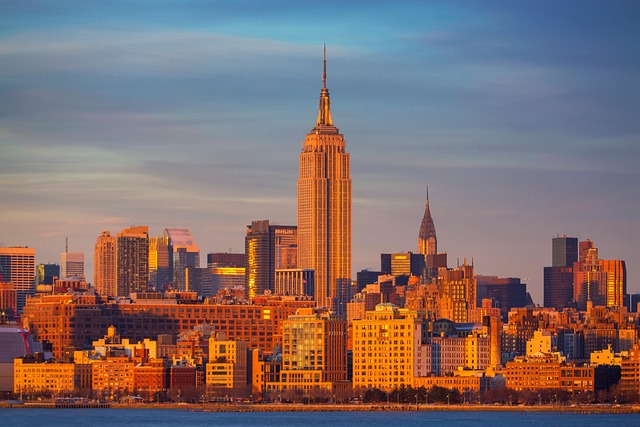
Manhattan, NY, faces unique challenges when it comes to e-waste management due to its dense population and fast-paced technological advancements. With a constant influx of new devices and rapid obsolescence, the city generates significant amounts of electronic waste, commonly known as e-waste. This includes outdated computers, smartphones, and other electronics that end up in landfills or, more ideally, recycling centers.
The issue of e-waste is further complicated by the diverse cultural and socioeconomic fabric of Manhattan. Different neighborhoods have varying access to proper disposal methods, leading to potential environmental disparities. However, initiatives like e-cycle events in Brooklyn neighborhoods and collaborative efforts with the Bronx’s local recycling programs offer promising solutions. By promoting awareness about responsible old technology disposal guidelines, these communities are taking significant steps towards sustainable tech waste management, ensuring a greener future for New York City.
Challenges and Impacts of Tech Waste
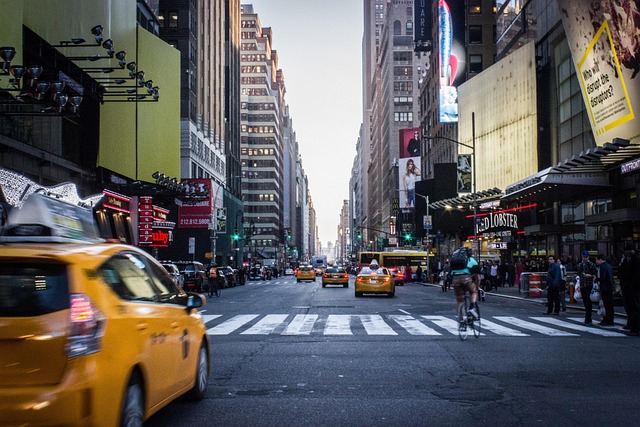
The rapid pace of technological advancement has led to a significant increase in electronic waste, or e-waste, across the globe. In Manhattan NY, like in many bustling Downtown NY areas, the issue is particularly pronounced. Old gadgets, from computers and smartphones to tablets and televisions, have shorter lifespans due to constant innovation, resulting in a growing pile of tech waste that poses severe environmental challenges. Recycling outdated gadgets in Manhattan is not only crucial for reducing this impact but also for extracting valuable materials that can be reused, thereby minimizing the need for mining and manufacturing new components.
The accumulation of e-waste has far-reaching consequences. Hazardous substances like lead, mercury, and cadmium can leach into soil and water if not properly managed, affecting local ecosystems and human health. In Chelsea, for instance, where many Manhattan businesses are located, responsible e-waste reduction strategies are essential to mitigating these risks. Effective recycling programs, combined with consumer education on responsible tech disposal, can significantly curb the environmental footprint of technology while creating opportunities for resource recovery and sustainable economic growth.
Effective Recycling Strategies for E-Waste

Effective recycling strategies for e-waste are crucial in Manhattan NY and beyond, as the proper disposal of electronic items becomes an increasingly pressing issue. Beyond traditional methods like the New York City hazardous waste drop-off programs, there’s a growing emphasis on community engagement through e-cycle events in Brooklyn neighborhoods. These initiatives not only facilitate responsible tech waste management but also promote environmental awareness among residents.
By participating in these eco-friendly tech disposal options, locals can contribute to reducing the significant impact of e-waste on the environment. Through partnerships with recycling centers and specialized technicians, these events ensure that electronics are disassembled, cleaned, and refurbished where possible, minimizing the amount sent to landfills. This sustainable approach aligns with global efforts to create a greener digital future in Manhattan NY and throughout New York City.
The Future of Sustainable Tech Management
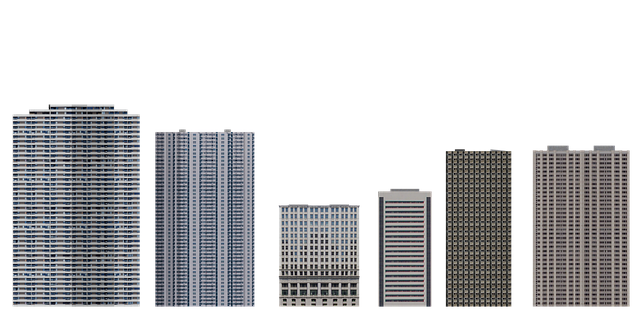
The future of sustainable tech waste management lies in innovative solutions that turn environmental challenges into opportunities. In cities like Manhattan NY, e-waste recycling is evolving from a mere disposal method to a thriving industry, offering a circular economy model where old smartphones and hazardous electronic materials are given new life. This shift is driven by growing public awareness and the demand for eco-friendly practices in tech waste management.
Chelsea and Brooklyn neighborhoods have seen an increase in e-cycle events, further promoting responsible recycling and reducing the environmental impact of tech waste. These initiatives ensure that valuable resources can be reclaimed and reused while minimizing the harm caused by improper disposal. By expanding access to hazardous electronic materials drop-off points, communities across Manhattan are actively contributing to a greener future, setting an example for sustainable tech management that others can follow.
In Manhattan NY, addressing e-waste management is crucial for a sustainable future. By understanding the challenges and impacts of tech waste, we can implement effective recycling strategies that reduce environmental harm. Looking ahead, innovative approaches in the realm of sustainable tech management hold promise for revolutionizing how we handle electronic waste, ensuring a cleaner, greener tomorrow for all New Yorkers. Effective Manhattan NY e-waste recycling is not just an option; it’s a necessity for preserving our city’s vibrant and bustling landscape.




